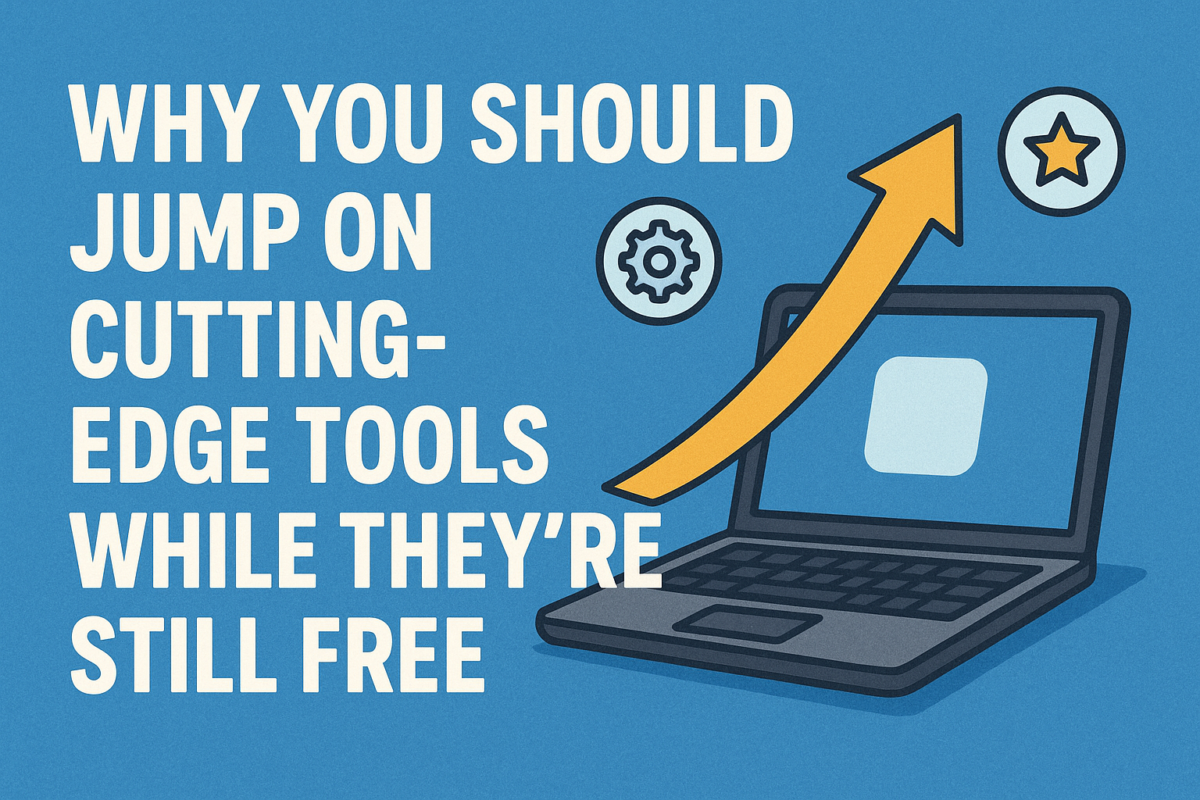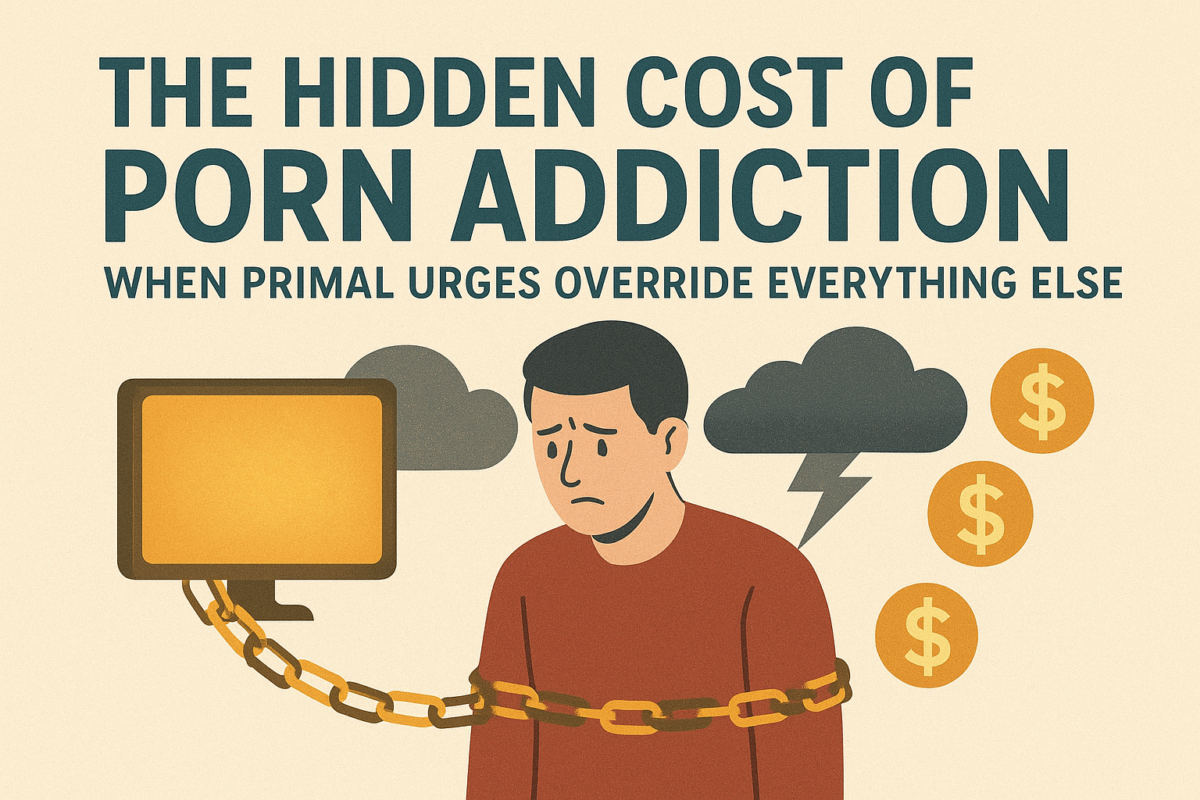There’s a pattern in tech that most people miss: the best tools are often free at their most powerful moment.When a new AI model launches, when a startup unveils its platform, when developers release a breakthrough API—there’s usually a window where you can access capabilities that would cost hundreds or thousands of dollars later. Sometimes this window lasts months. Sometimes years. But it always closes.
The Economics of Innovation
Companies building cutting-edge technology face a fundamental problem. They need users to test their product, provide feedback, and create the network effects that make their platform valuable. But they also need to prove their technology works before they can justify charging for it.The solution? Give it away for free.OpenAI’s GPT-3 API started with generous free tiers. Midjourney gave early users dozens of free images. Notion was free for individuals for years. The pattern repeats across every category: databases, design tools, development platforms, productivity software.These companies aren’t being charitable. They’re making a calculated investment. Your usage helps them improve their algorithms, your feedback shapes their features, and your creations become proof of what’s possible.
The Window Closes
Eventually, the economics shift. Once a tool proves its value and builds its user base, the free tier shrinks or disappears entirely. Usage limits tighten. Features get paywalled. What was once unlimited becomes metered.This isn’t cynical—it’s necessary. Infrastructure costs money. Talented engineers cost money. Sustainable businesses can’t run on venture capital forever.
But by the time the paywall goes up, you’ve already extracted enormous value. You’ve learned the tool, built workflows around it, created things you couldn’t have made otherwise. And often, you’ve grandfathered into better terms than new users will ever see.
First-Mover Advantages
Beyond the obvious benefit of free access, early adoption compounds in unexpected ways.You build expertise while the competition is still skeptical. You create a portfolio of work that stands out because few others have the same capabilities yet. You develop intuitions about what’s possible before it becomes conventional wisdom.When everyone else finally catches up and starts paying for access, you’re already two steps ahead.
The Skepticism Tax
Most people wait. They’re suspicious of new tools, worried about learning curves, or simply creatures of habit. They watch from the sidelines while others experiment.This skepticism has a cost. By the time a tool is proven enough for them to trust it, the free tier is gone. They end up paying for what they could have gotten free, learning what they could have learned earlier.The irony is that skepticism often outlasts risk. Established companies with millions of users and proven track records still offer generous free access—but people hesitate anyway.
What This Looks Like in Practice
Sign up for new AI model releases the day they launch. Claim your credits, test the API, build something small.When a productivity tool appears on Product Hunt with unlimited free access, create an account. Migrate one small workflow and see if it sticks.Join beta programs. Accept early access invitations. Say yes when a developer asks if you want to try something experimental.The worst case? You spend an hour learning something that doesn’t stick. The best case? You get free access to a tool that transforms how you work.
Every tool you use daily was once cutting-edge. Someone took a chance on it early, probably for free, and decided it was worth keeping.The question isn’t whether to try new tools. It’s whether you want to be the person who discovers them when they’re generous, or the person who finally adopts them after everyone else has moved on.The cutting edge is where the deals are. Everything else is just playing catch-up.

